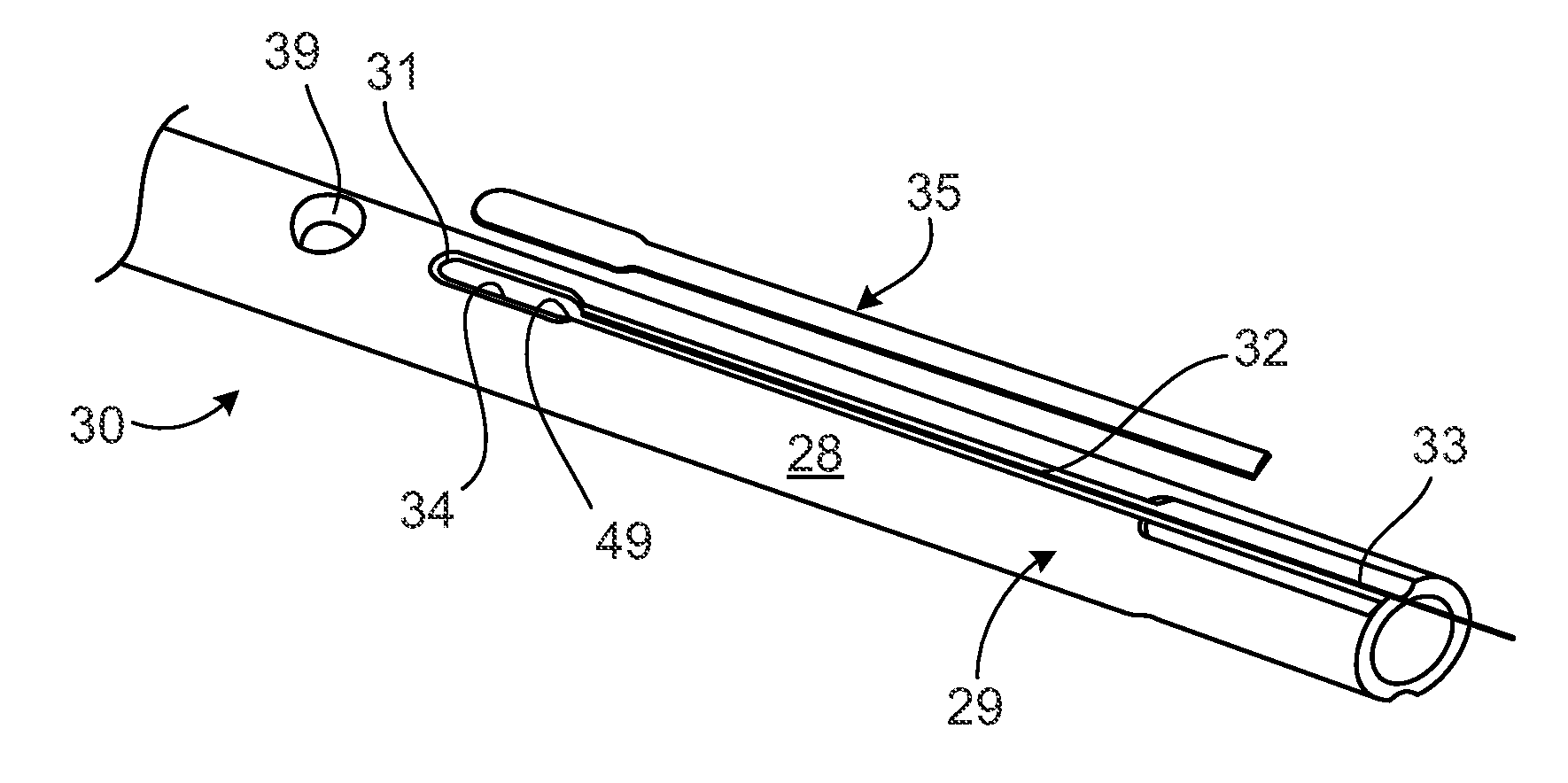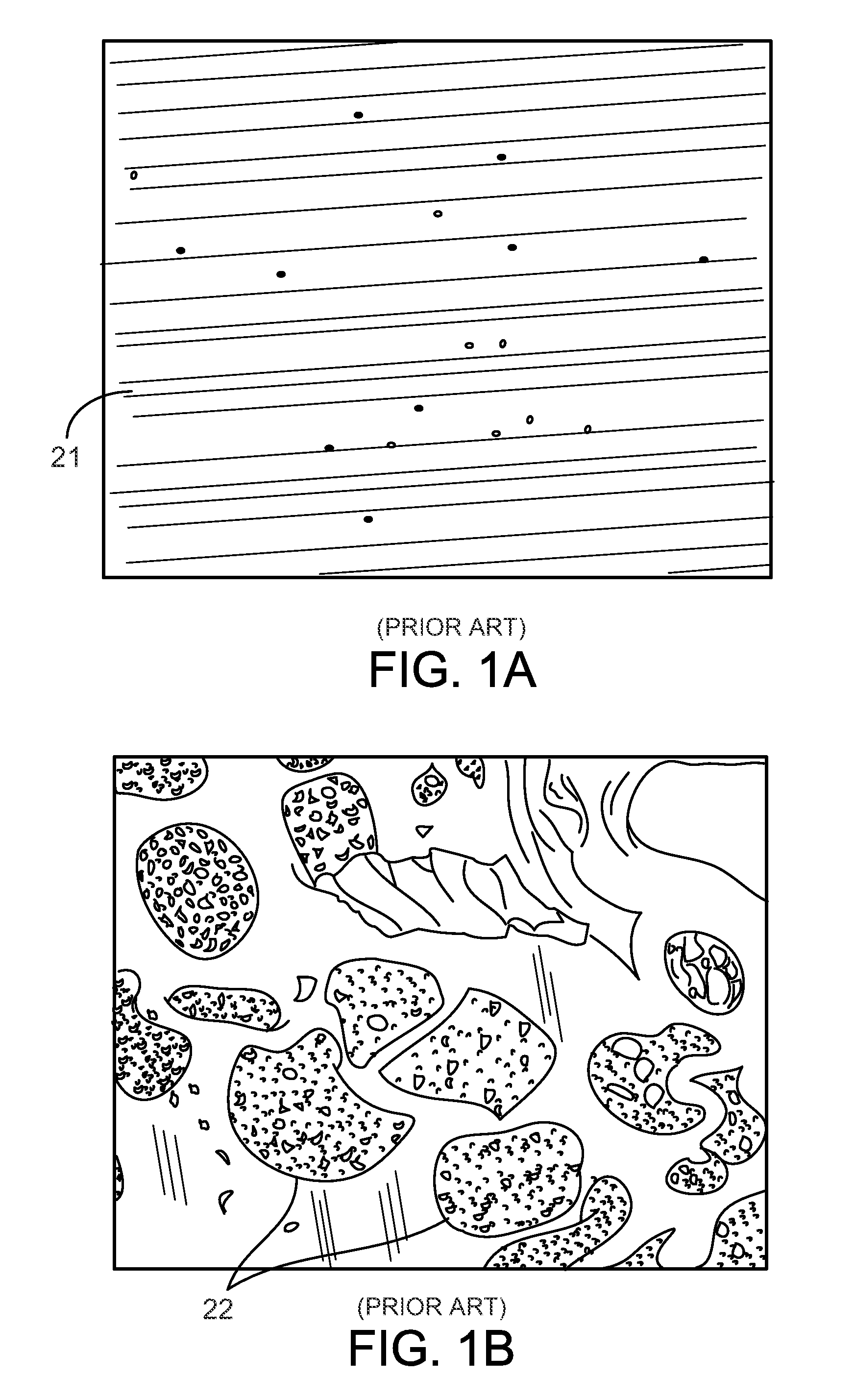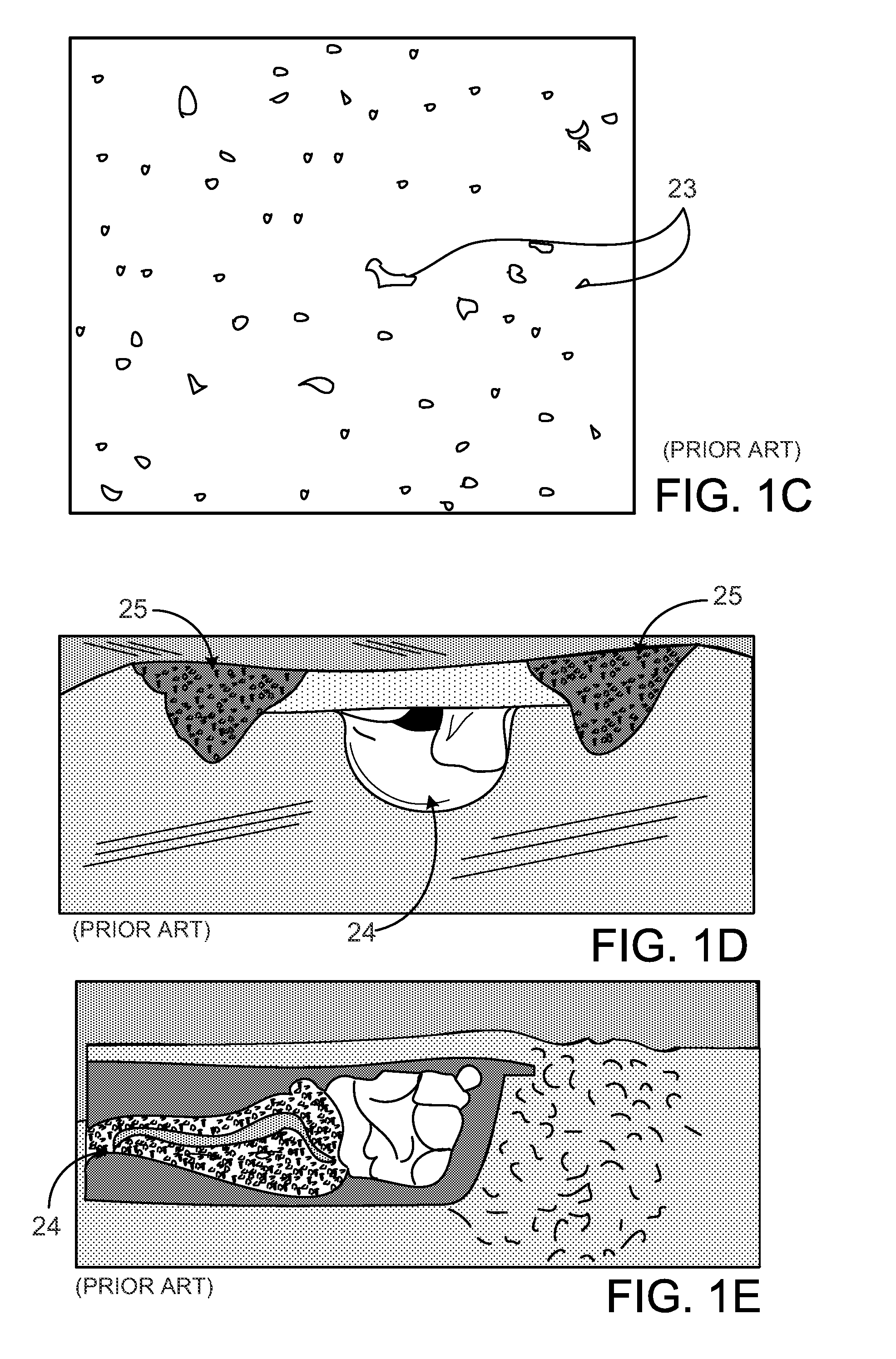Low temperature encapsulate welding
a technology of encapsulation and low temperature, applied in the field of load-bearing medical implants, can solve the problems of inability to use polymers for encapsulation of high density, inability to provide impermeable barriers, and degradation of leakage-sensitive circuitry, etc., to enhance the physical and performance properties of silicone, enhance the effect of thermal conductivity and substantial surface area
- Summary
- Abstract
- Description
- Claims
- Application Information
AI Technical Summary
Benefits of technology
Problems solved by technology
Method used
Image
Examples
Embodiment Construction
[0057]As an example, the fabrication of an IM nail 30 with an electronic component 31 and wire bus 33 is shown and described. Turning to FIG. 2, the IM nail 30 comprises a load-bearing structure in the form of a metallic (e.g., titanium) tube 29 with an outer surface 28. The outer surface 28 includes a long narrow channel 32 having a width or diameter of about 1 mm or less in the disclosed example and which may be used to house a multi-stranded wire bus 33. The wire bus 33 may extend outside of the structure of the nail 30 as shown in FIG. 2. The sensor 31 may also be designed for wireless communication and battery power thereby eliminating the need for the channel 32 and wire bus 33.
[0058]The outer surface 28 of the load bearing structure 29 also includes a larger cavity 34 for accommodating the sensor 31, which is also shown in FIG. 4. The weld plate 35 may be designed so weld lines (not shown in FIG. 2) surrounding the cavity 34 and channel 32 may be offset to ensure that the hea...
PUM
| Property | Measurement | Unit |
|---|---|---|
| temperature | aaaaa | aaaaa |
| temperatures | aaaaa | aaaaa |
| energy | aaaaa | aaaaa |
Abstract
Description
Claims
Application Information
 Login to View More
Login to View More - R&D
- Intellectual Property
- Life Sciences
- Materials
- Tech Scout
- Unparalleled Data Quality
- Higher Quality Content
- 60% Fewer Hallucinations
Browse by: Latest US Patents, China's latest patents, Technical Efficacy Thesaurus, Application Domain, Technology Topic, Popular Technical Reports.
© 2025 PatSnap. All rights reserved.Legal|Privacy policy|Modern Slavery Act Transparency Statement|Sitemap|About US| Contact US: help@patsnap.com



